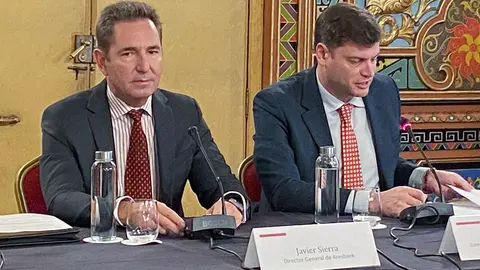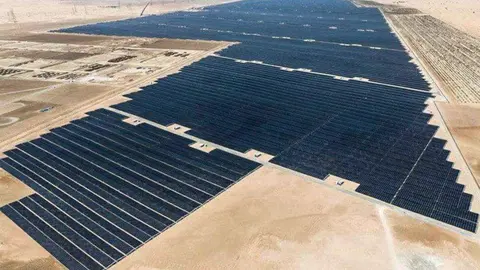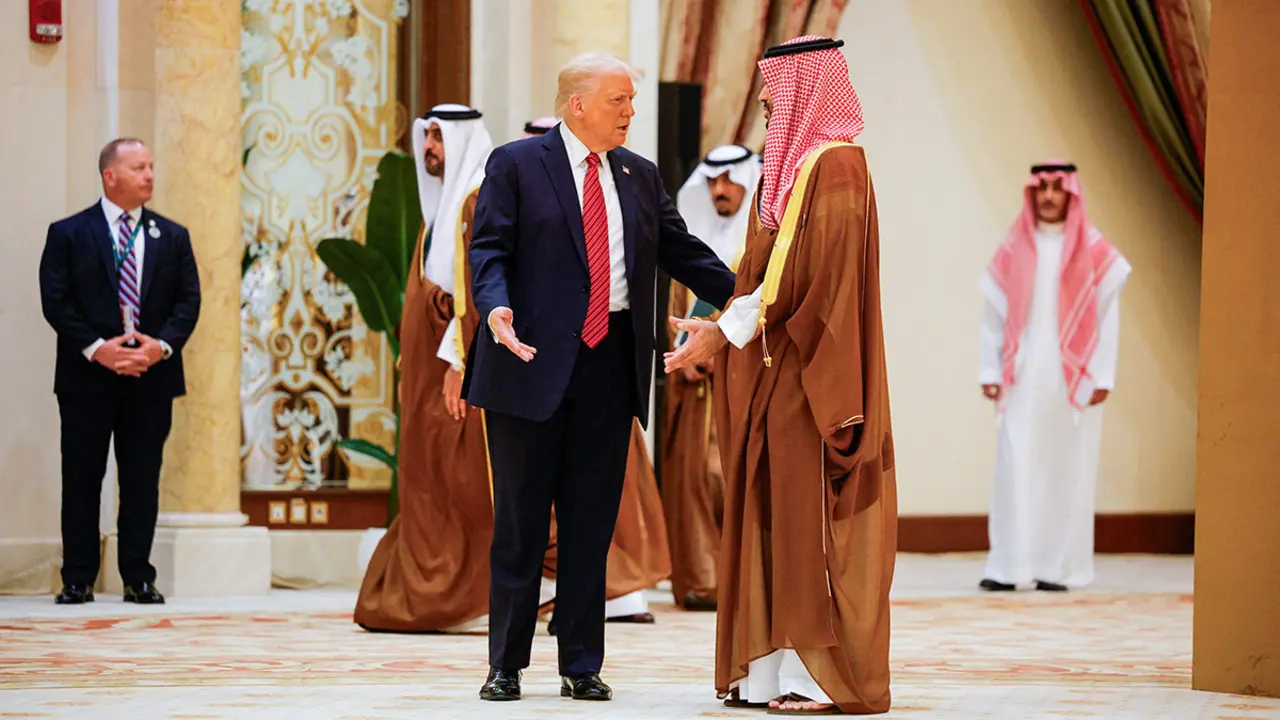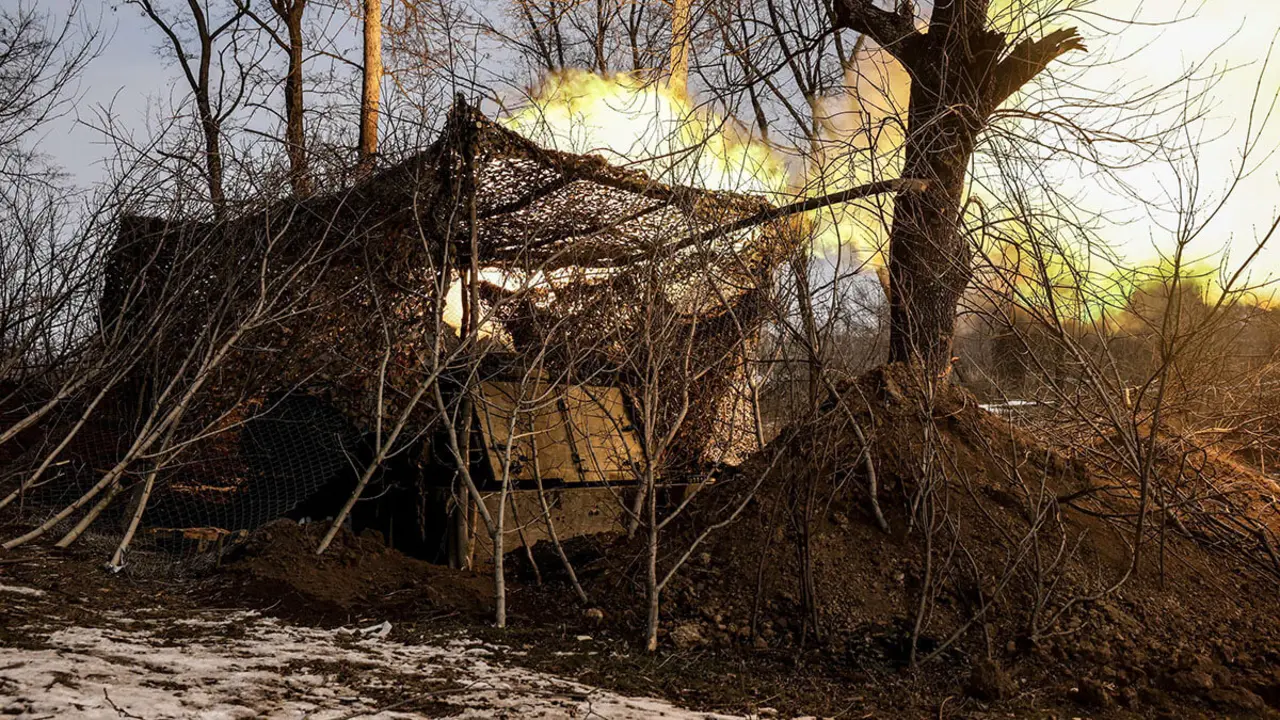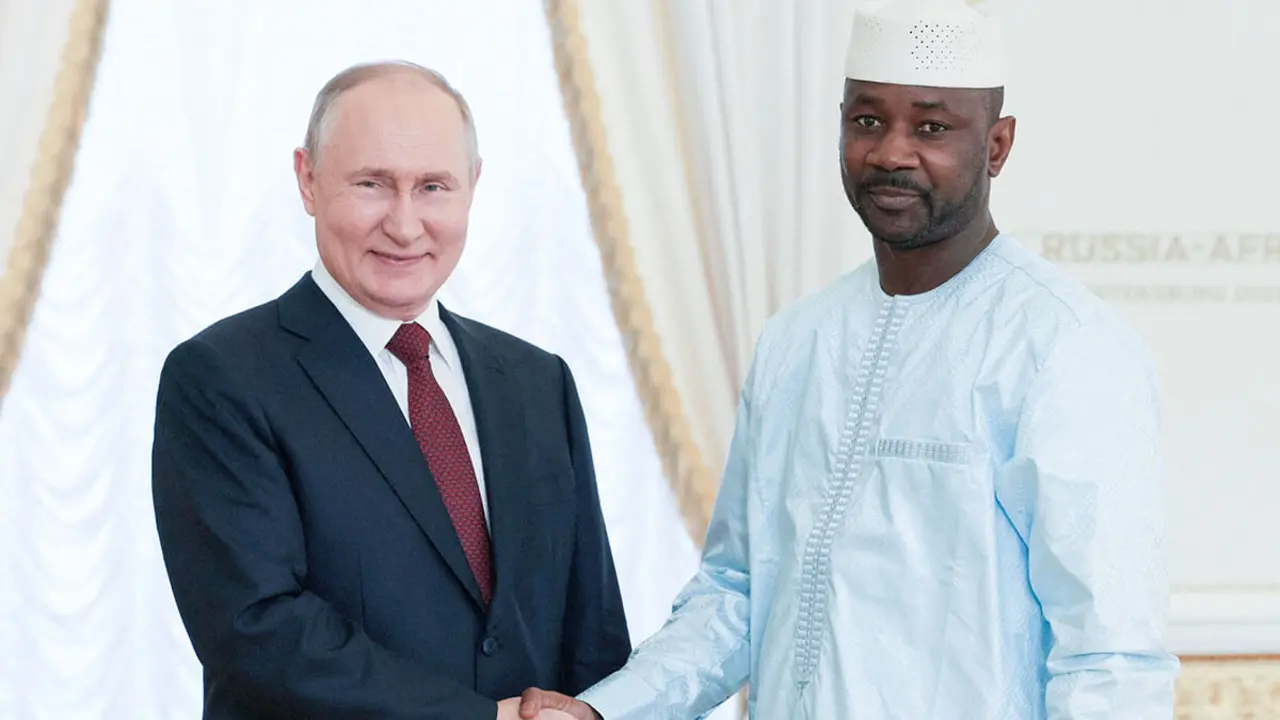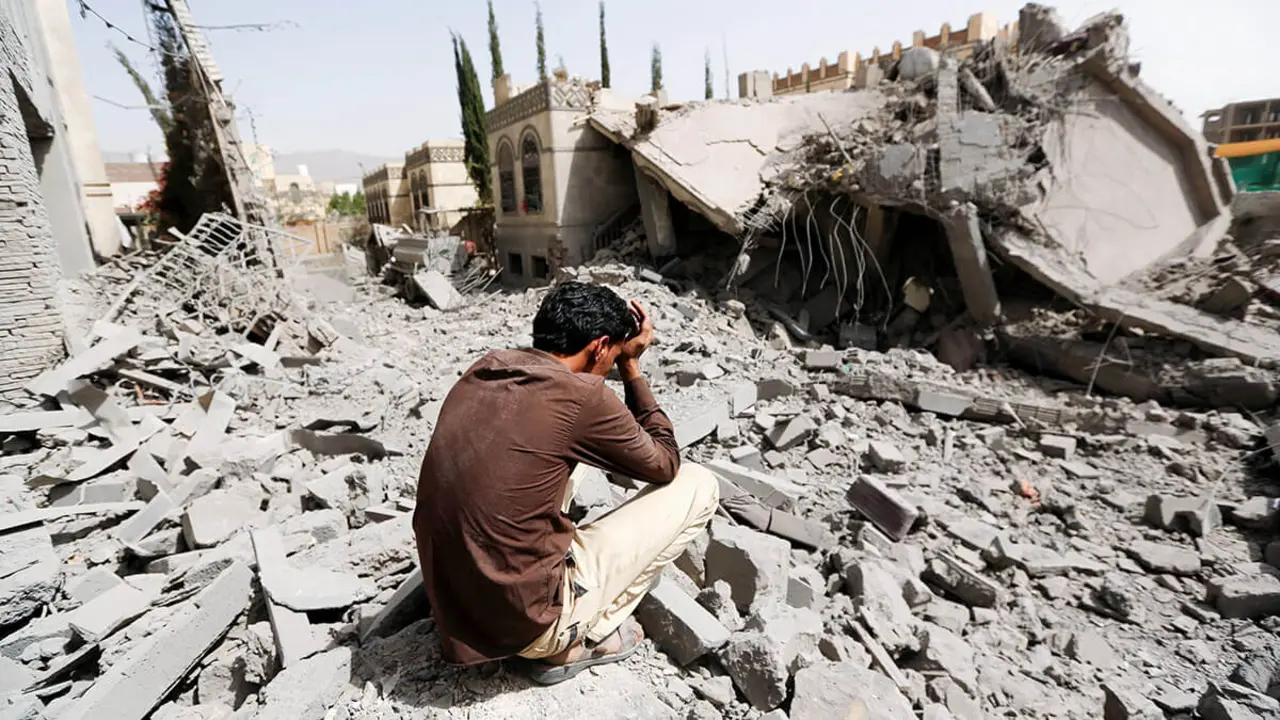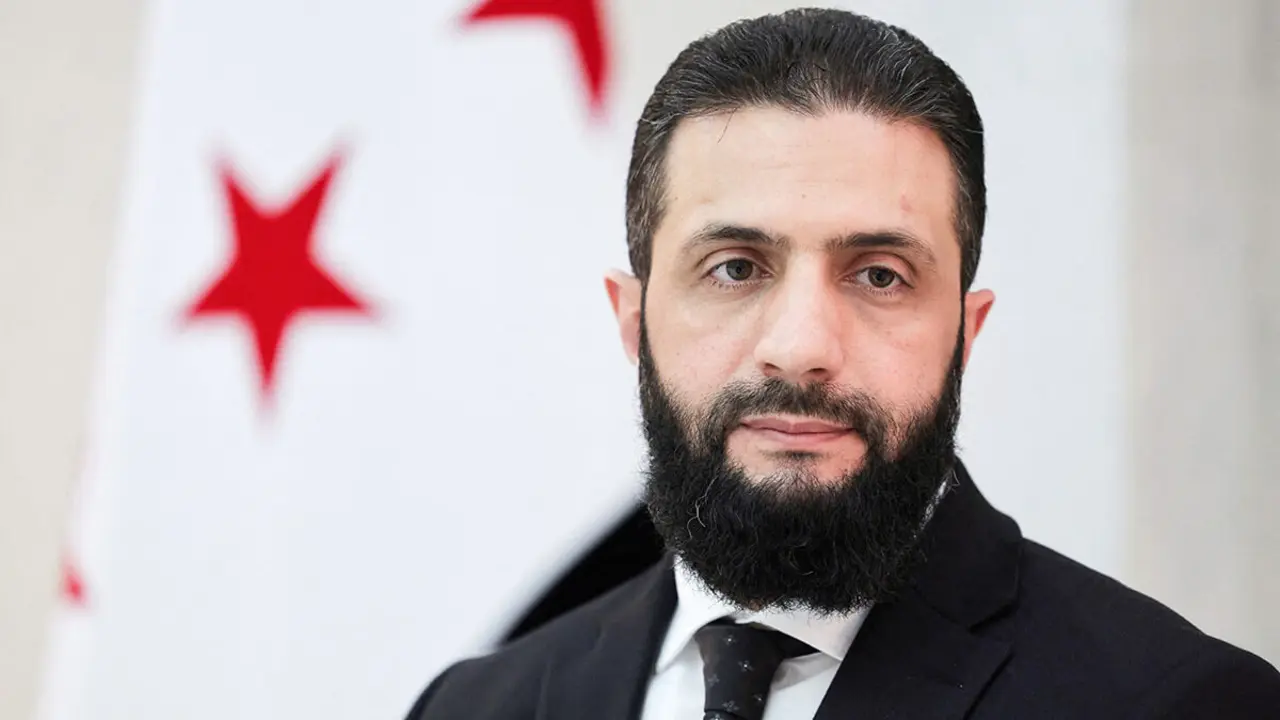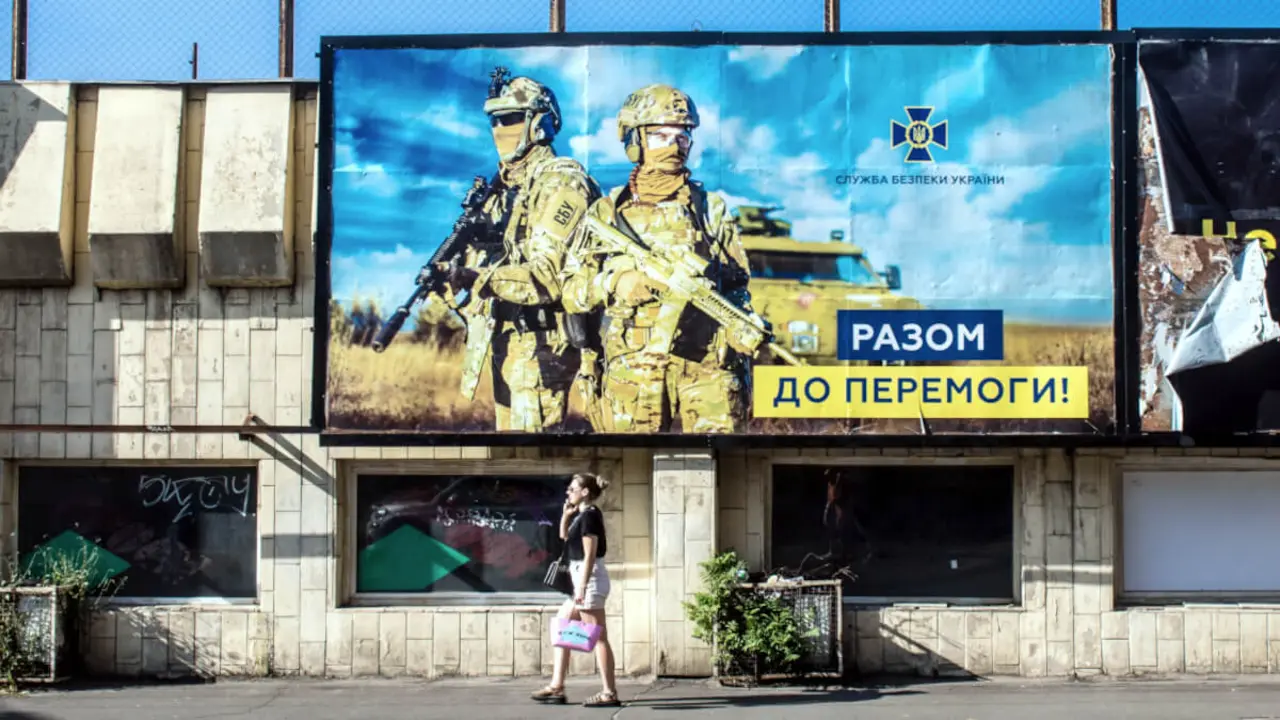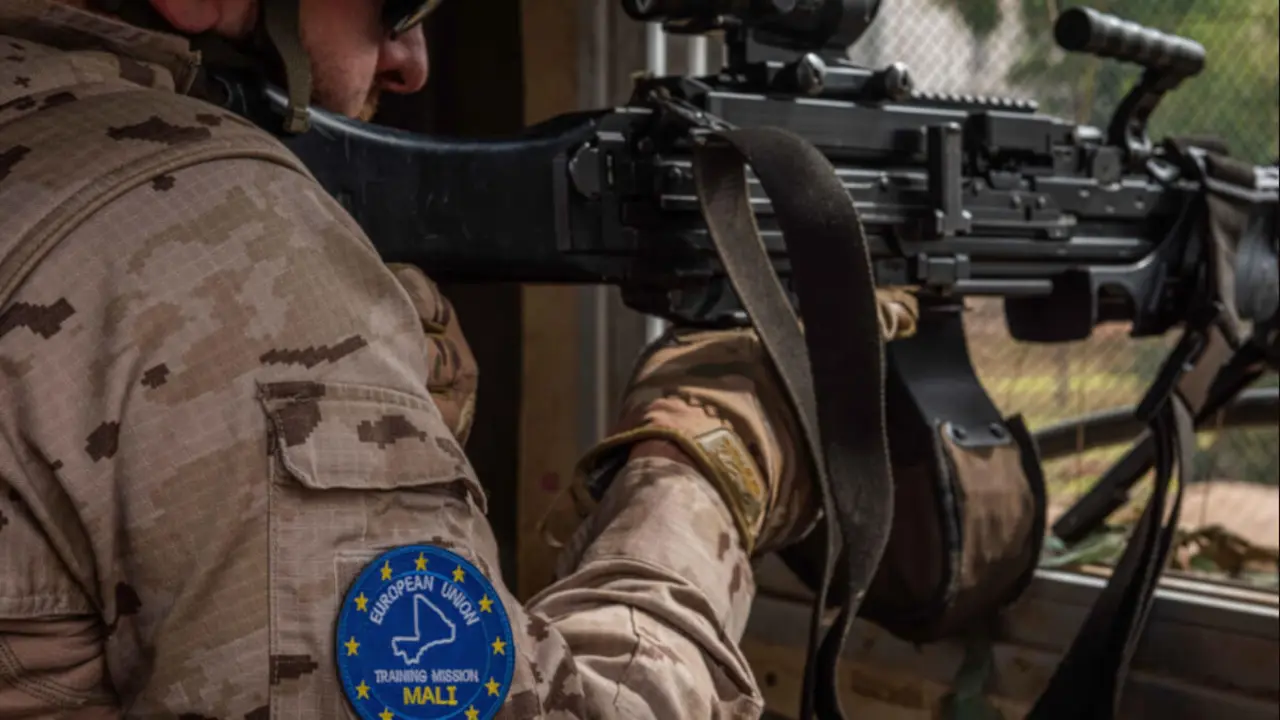Optimistic outlook for Arab economic performance indicators in 2025
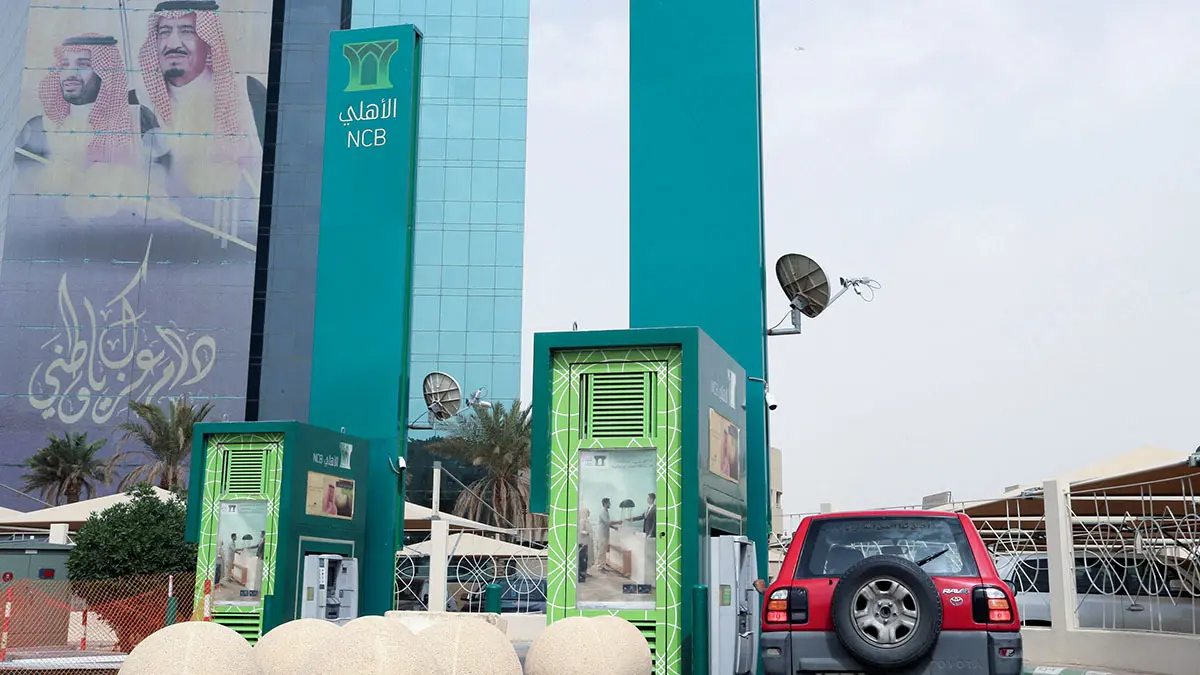
- Determining factors for growth
- Challenges and inequalities
- Foreign trade and reserves
- Differences between countries
- Syria: the beginning of a new era
- Transformation in North Africa
The latest forecasts from the Arab Investment and Export Credit Guarantee Corporation (Dhaman) confirm that the overall performance of the Arab economy will be positive by 2025, with an expected growth rate of 4.1%. These projections offer an encouraging outlook for political and monetary decision-makers, despite the geopolitical challenges and global uncertainties that persist.
This optimism contrasts with the World Bank's forecast of 3.3% growth for the Middle East and North Africa (MENA) region. The difference is partly explained by expectations of improved revenues from exports of oil, gas and other goods and services, despite political instability.
Arab GDP grew by 1.8% in 2024, exceeding 3.6 trillion dollars, concentrated in five key countries: the United Arab Emirates, Saudi Arabia, Egypt, Iraq and Algeria, which accounted for more than 72% of the region's total growth.
Determining factors for growth
The report highlights that GDP growth in 2025 will be driven by the performance of 14 Arab economies, including nine oil-producing economies, which contribute more than 78% of regional GDP. However, the projections are subject to external factors, such as the war between Israel and Hamas, tensions in the Middle East and global trade wars.
The impact of these conflicts is reflected in higher shipping costs: transit volumes in the Red Sea decreased by more than 40% last year, according to data from the International Monetary Fund.
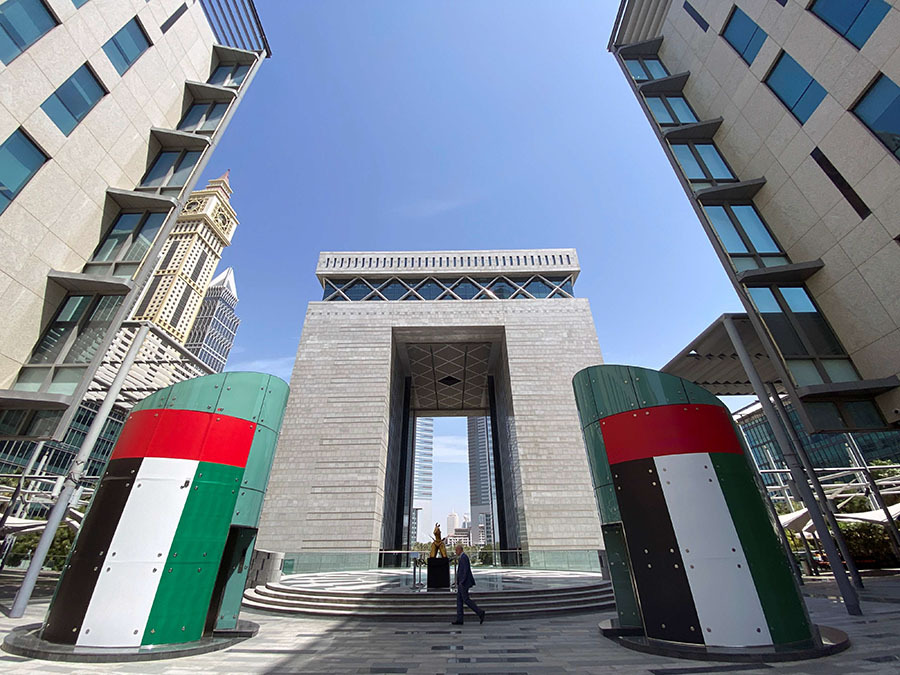
Challenges and inequalities
The International Monetary Fund predicts that Arab economic indicators will vary in their performance during 2024, due to a 4% reduction in oil production and a 1% drop in global oil prices. In addition, disparities persist between the countries in the region.
GDP per capita in Arab countries improved by 1.2% in 2024, reaching 7,557 dollars, and is expected to increase by a further 1% in 2025. However, purchasing power parity reveals a different reality: while the regional average reached 19,000 dollars, wide gaps persist between countries.
The region's population grew by 2%, exceeding 467 million people at the end of last year, while the average unemployment rate remained high at 9.7%. As for inflation, consumer prices increased by 12% in 2024, although a moderation to 8.5% is expected in 2025.
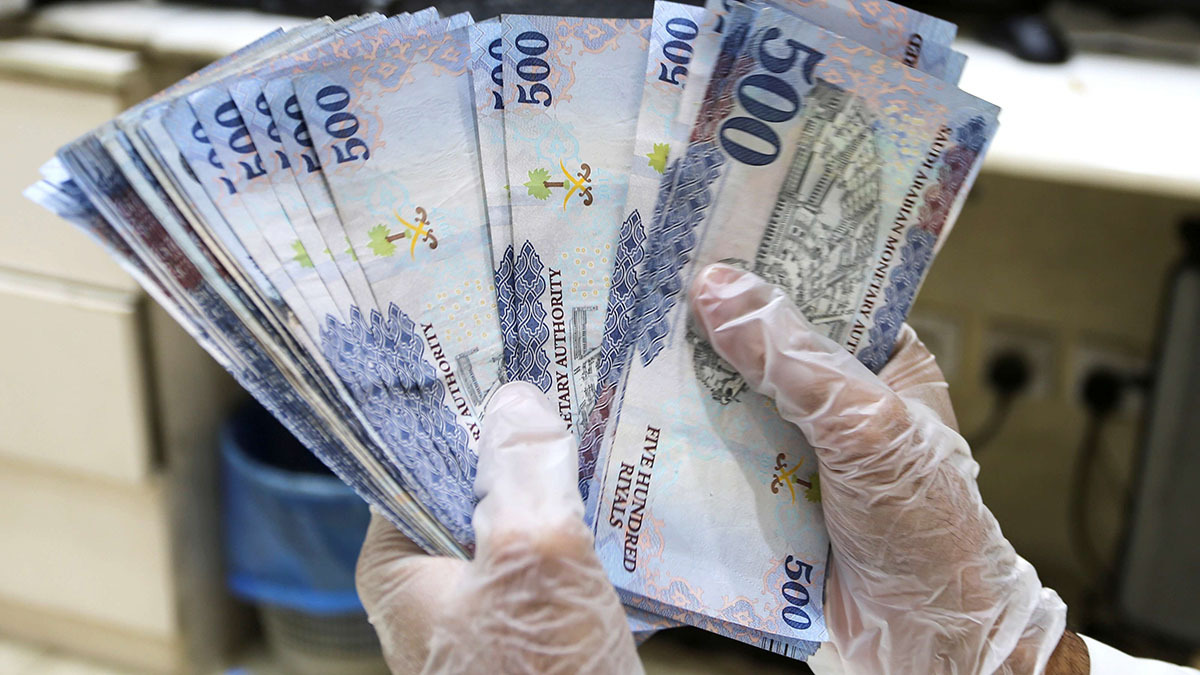
Foreign trade and reserves
The value of Arab foreign trade in goods and services increased by 3.6%, exceeding 3.3 trillion dollars, driven by a 1% increase in exports and more than 7% in imports. Despite this, the combined trade surplus of Arab countries decreased by 33%, reaching approximately 177 billion dollars.
Foreign exchange reserves grew by 3.7%, reaching 1.2 trillion dollars, enough to cover imports for more than eight months. These reserves are expected to grow slightly by 1.2% in 2025, although their import coverage will decrease.
Arab economic growth for 2025 is projected to be positive, with expectations of greater stability in the region and an improvement in export revenues. However, geopolitical challenges, climate change and external debt continue to be factors that could affect economic performance. The region faces the challenge of translating these indicators into tangible improvements for its citizens, reducing inequalities and fostering long-term economic stability.

Differences between countries
On the other hand, as highlighted by the Qatari think tank Middle East Council on Global Affairs, 2025 could be ‘a crucial year for transforming the future of the region’. However, according to Tarik M. Yousef, the factors driving geopolitical insecurity and instability in the Arab world will generate another year of moderate economic results in 2025 for the region as a whole, but especially in fragile countries, conflict zones and their surroundings.
‘As a result, the divergence in economic performance — at the aggregate level and in a series of development and institutional indicators — between the more secure, dynamic and outward-looking Gulf economies and the largely stagnant, inward-looking and vulnerable Levant and Maghreb regions will persist in the coming years,’ he explains.
He also emphasises that greater competition between the United States and China would favour the Gulf states, ‘politically more stable, with greater wealth in resources and with greater institutional resilience, which have maintained strong relations with the United States and have increasingly balanced them with China’.
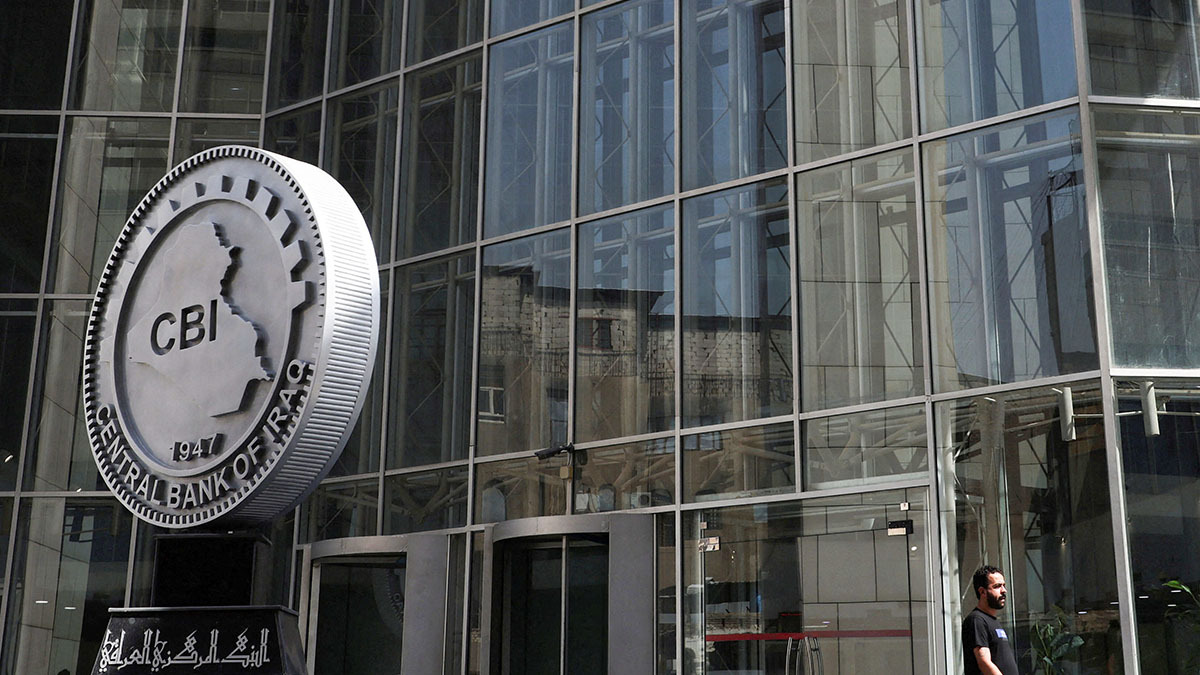
Despite tariffs and trade wars, the Gulf would be in a stronger position in relation to the rest of the Arab world, as they have developed solid political and institutional relations with the US government and possess the financial and political negotiating capacity necessary to negotiate bilateral agreements.
On the other hand, as Yousef reminds us, the countries of the Levant and the Maghreb, more dependent on the European Union, suffer from closer ties with a bloc with low economic performance, a lack of political confidence, which faces growing geopolitical vulnerabilities and which increasingly sees relations with these regions through a limited prism of energy and border security.
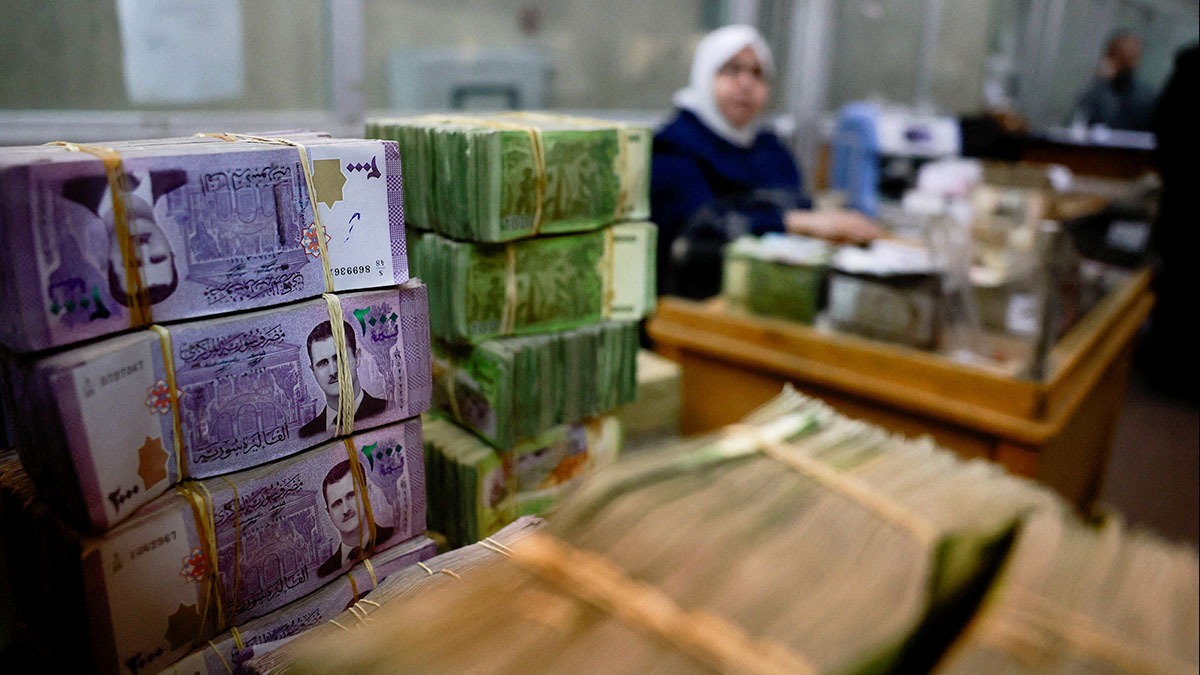
‘The current enormous transformation in Saudi Arabia and the ambitious long-term visions announced by other Gulf countries should be understood, in part, as a response to the emerging risks and opportunities in an ever-changing global economy. In other parts of the region, governments are concerned with short-term economic stability or attempting post-conflict recovery,’ he adds.
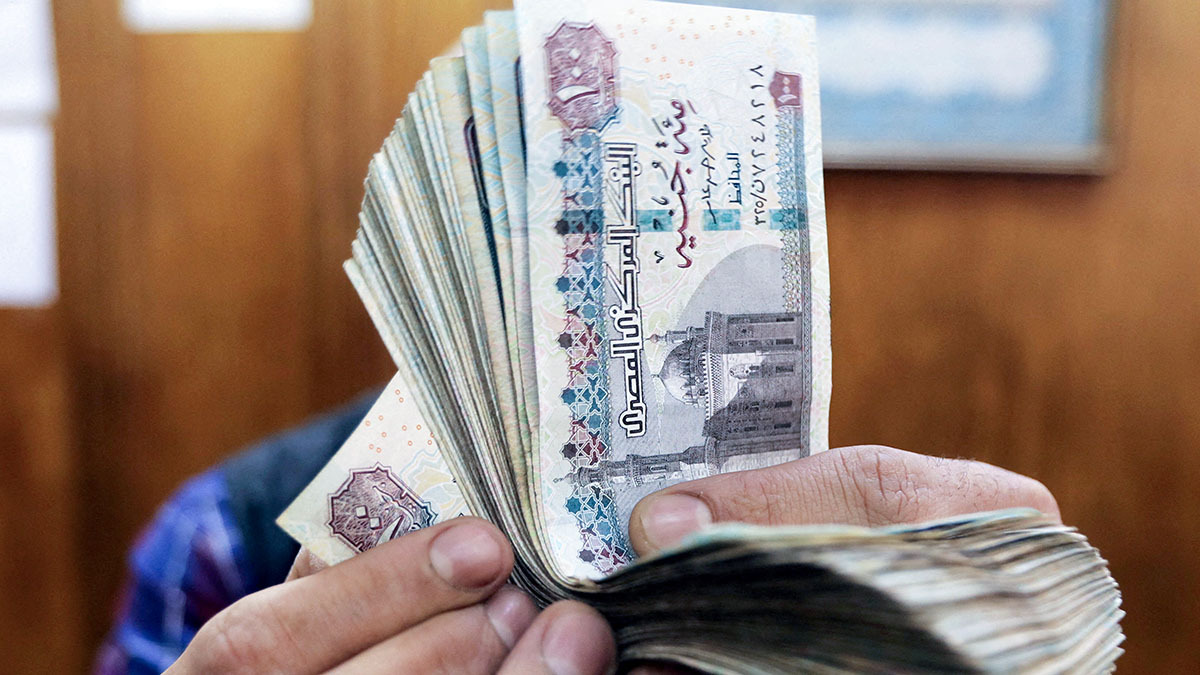
Syria: the beginning of a new era
On 8 December last year, the Syrian regime of Assad collapsed after 54 years of brutal authoritarian rule and a devastating 14-year conflict that claimed the lives of more than 500,000 people and displaced 60% of the population.
Against this backdrop, an interim government has been established to oversee the state's operations while the political transition process moves forward. Ahmed al-Sharaa, the country's de facto leader, has said that it could take up to four years before elections are held, a period of time needed to consolidate the country's various regions, facilitate the return of refugees, promote a national dialogue, negotiate and draft a new constitution, and conduct a population census.
In addition, urgent action is needed in the economic sphere. Between 2011 and 2023, the Syrian economy contracted by up to 80%; almost 5 million refugees fled the country; infrastructure was destroyed; and institutions atrophied. The poverty rate reached 90%, and Syrians had limited access to electricity and other basic services.

By 2025, the focus must be on providing humanitarian assistance and launching economic recovery and reconstruction initiatives. Economic activity is expected to increase as people return to their homes and businesses reopen. However, for refugees to want to return, they need security, economic opportunities and essential services such as electricity.
In this sense, Syria has begun to receive assistance to re-establish these basic services, but it also requires support to improve economic conditions and encourage business investment in order to create the necessary jobs.
In the meantime, the main priorities will be to guarantee security and set Syria on the road to economic and social recovery. The definition of priorities will be key, and the international community will have to assume a constructive role in this delicate process.

Transformation in North Africa
While the Middle East faces instability and conflict in Syria, Gaza and Yemen, a more discreet transformation is taking place in North Africa. Although it tends to take a back seat to the turbulence of its eastern neighbours, the Maghreb is still a region of great relevance and a benchmark for the Arab world. Its future is deeply intertwined with global dynamics and will have a major impact.
As Dalia Ghanem writes in the Middle East Council on Global Affairs, North Africa is facing ‘a unique set of challenges as it seeks a delicate balance between reform, development and stability’.
A young and expanding population, a strategic geographical location and the wealth of its natural resources give the Maghreb enormous potential for growth and development. However, taking advantage of these opportunities requires visionary leadership, firm governance and the implementation of economic policies.
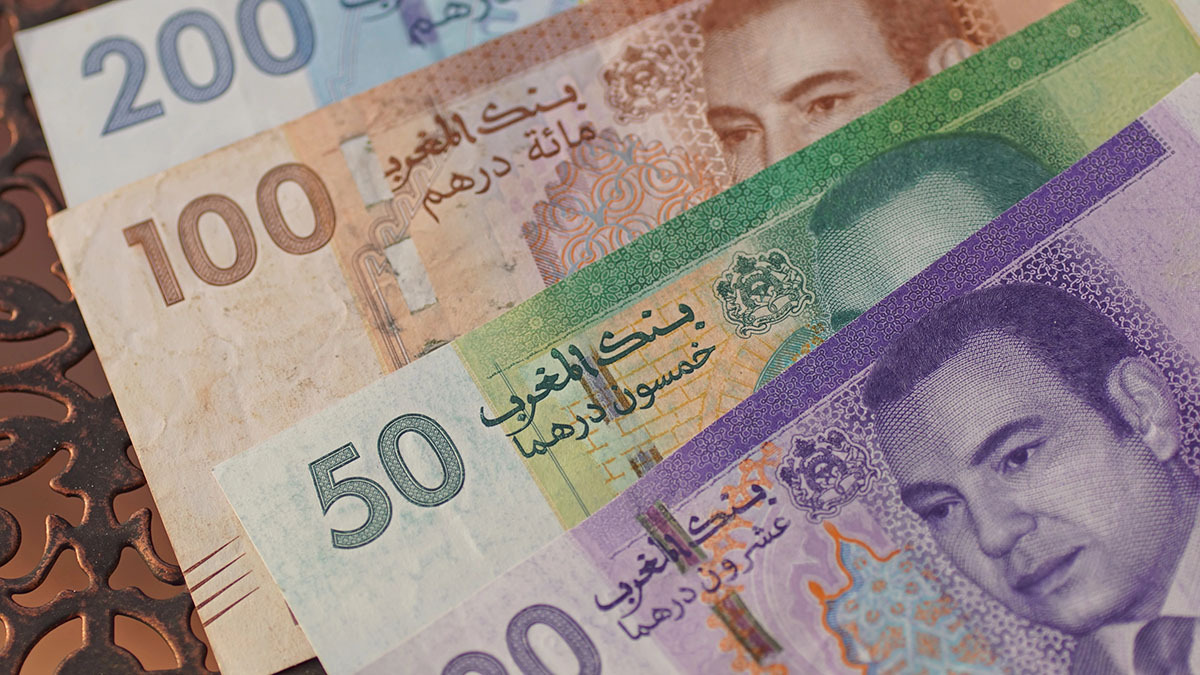
Despite the opportunities, the region, and each country in particular, must face a series of challenges.
In Morocco, for example, despite the prevailing political stability, recurrent droughts are affecting economic growth, and the Government has therefore promoted policies to address this challenge.
Algeria, as Ghanem emphasises, ‘despite its apparent stability, faces the challenges of a generational shift and the growing demands for greater political participation’.
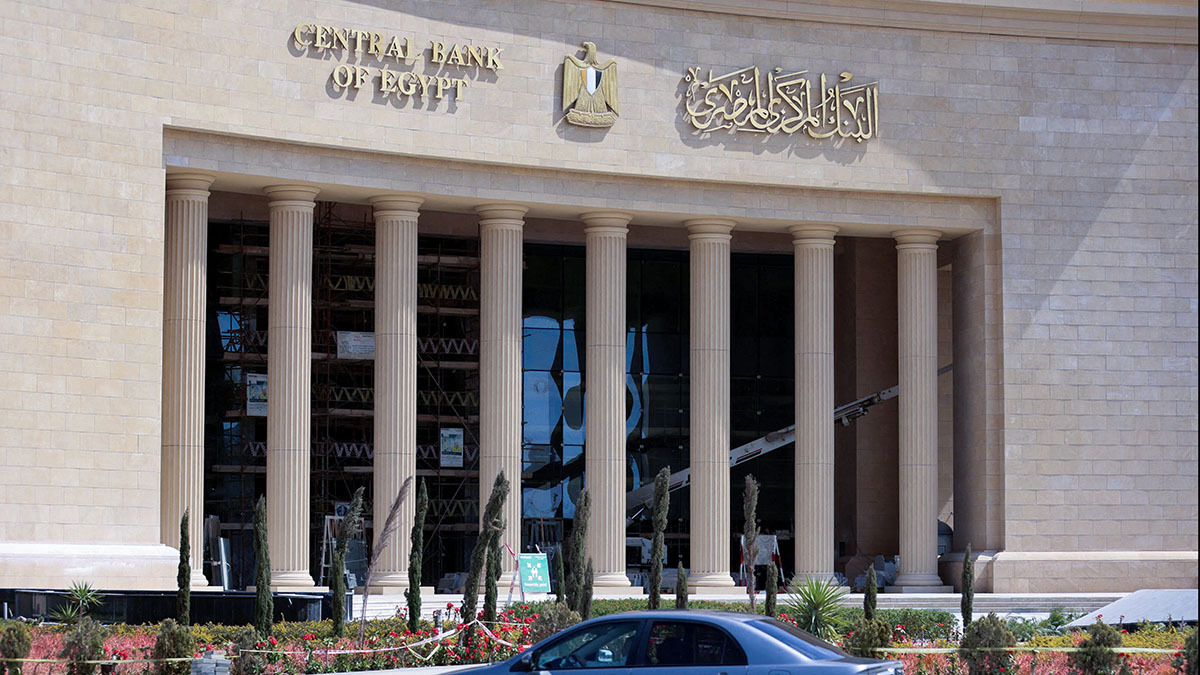
Egypt's stability is threatened by a fragile economy struggling with high inflation, currency devaluation and the difficulty of attracting sufficient foreign investment.
In Tunisia, political instability and the erosion of democracy have a direct effect on the economy, as they do in Libya, where decades of conflict are hindering economic development.

